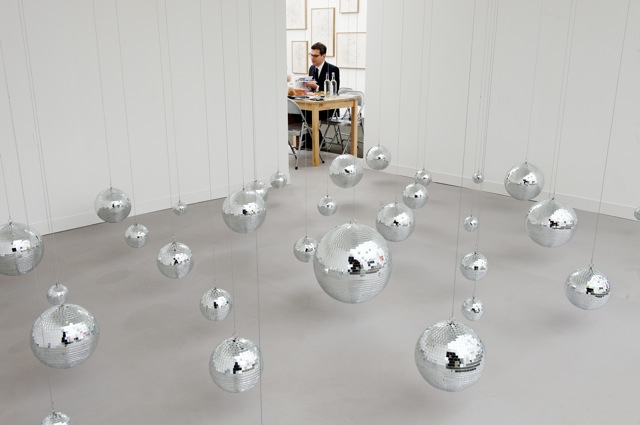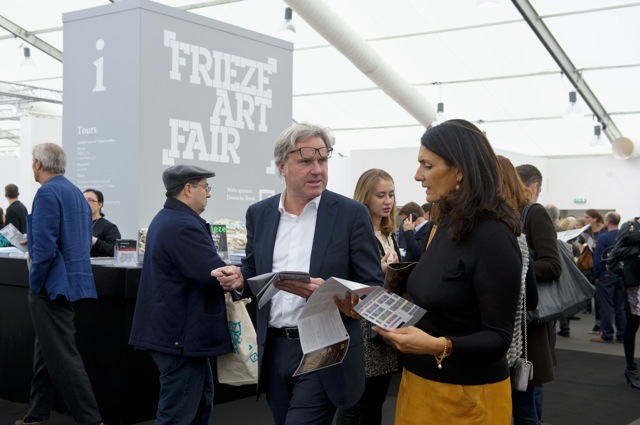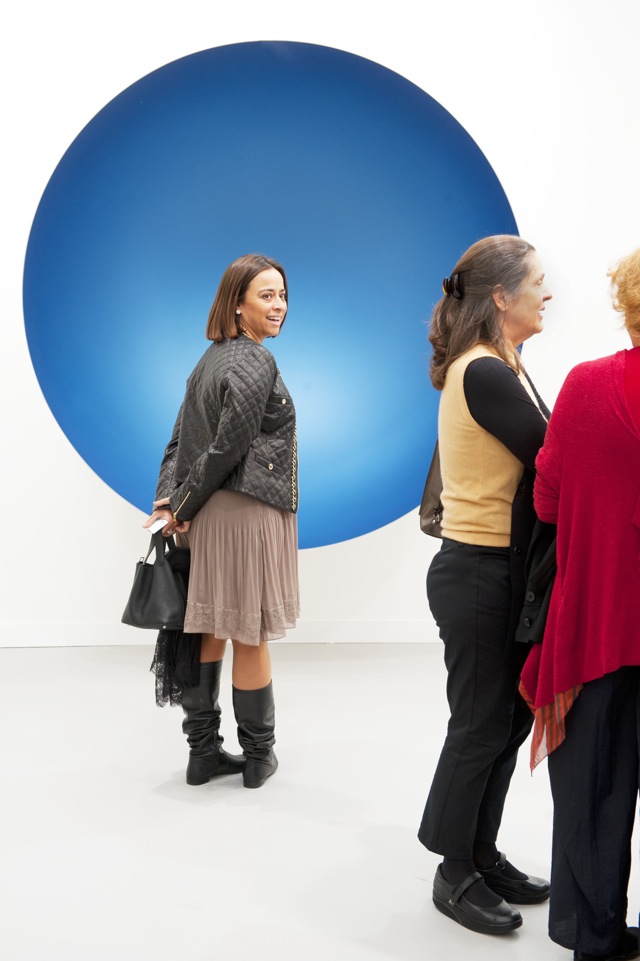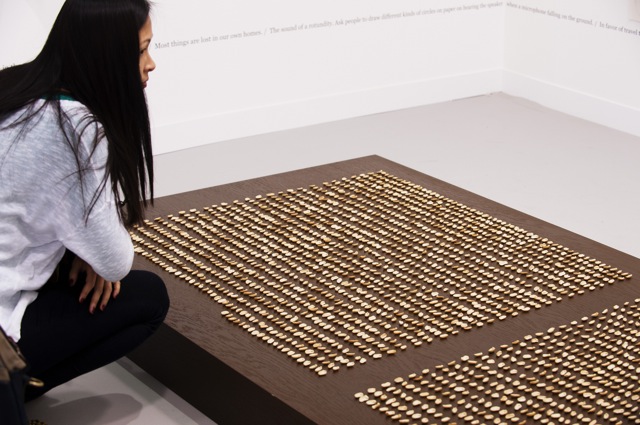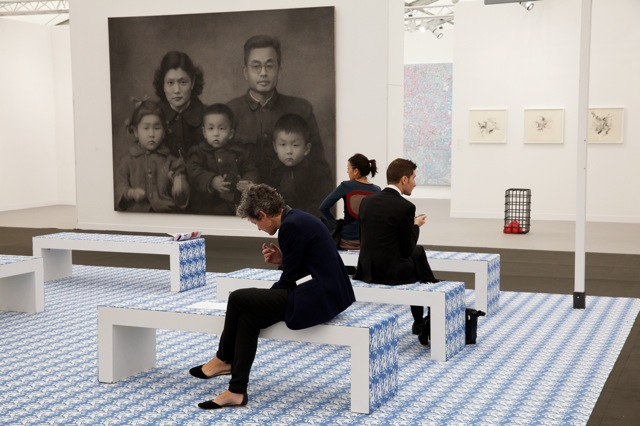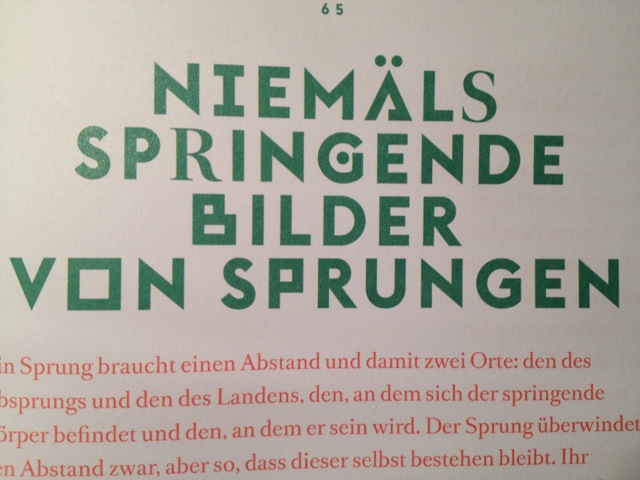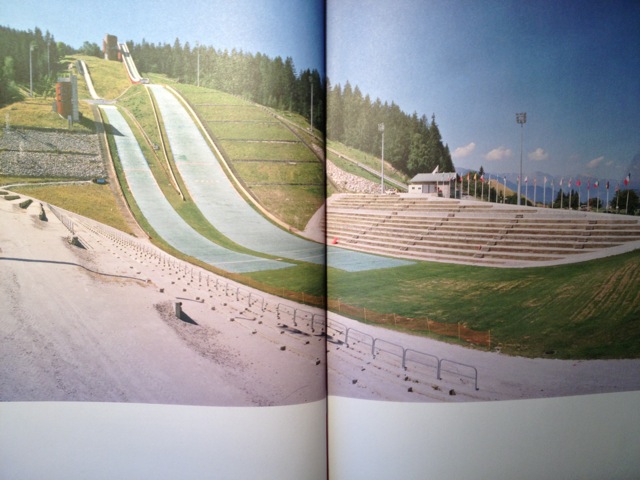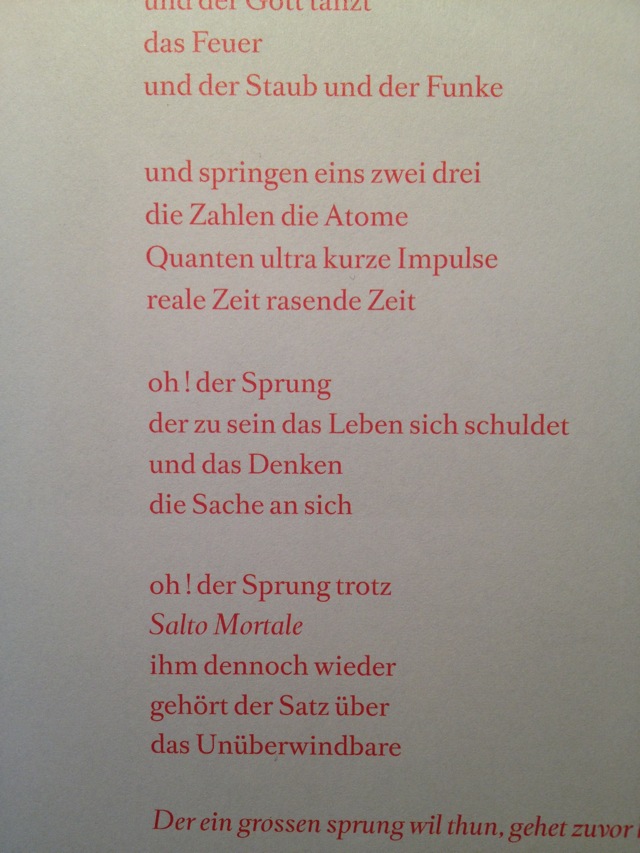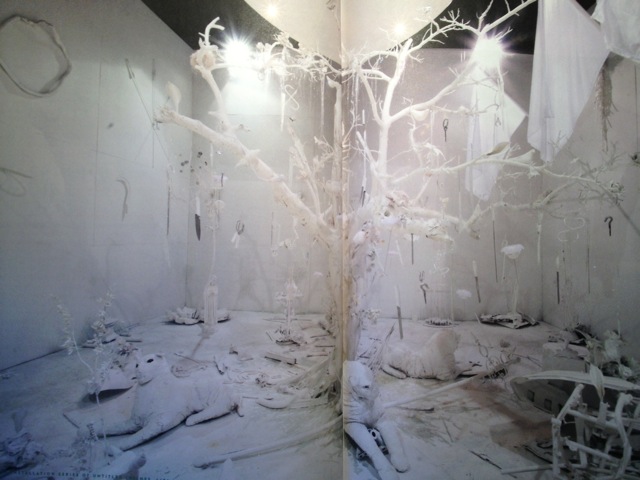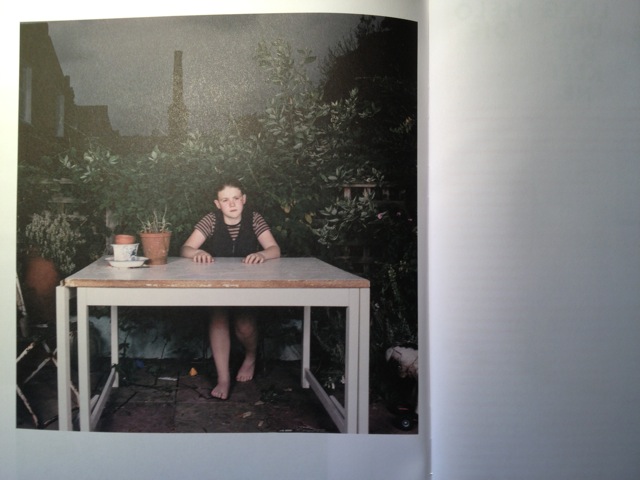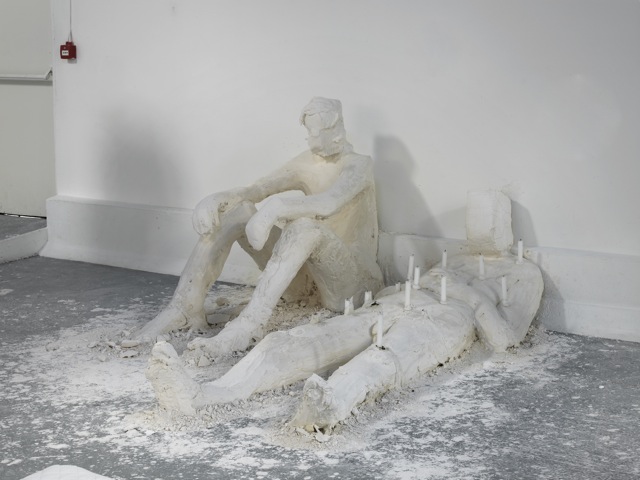
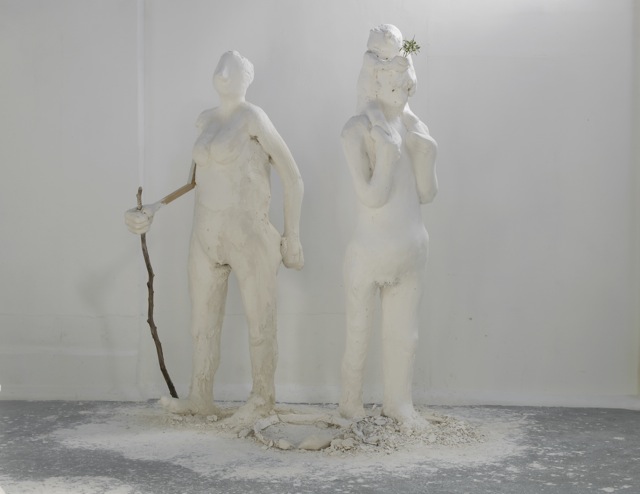
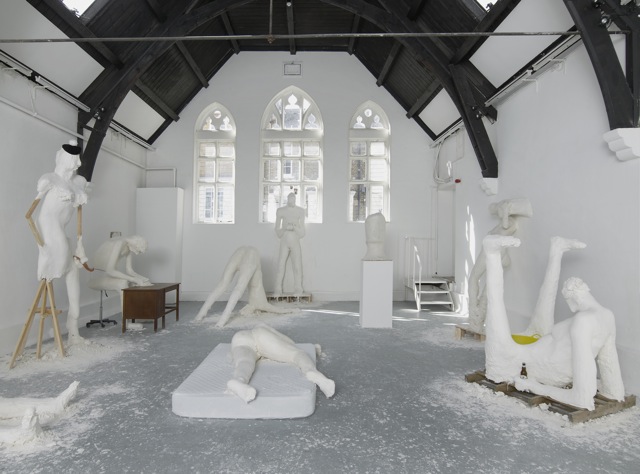
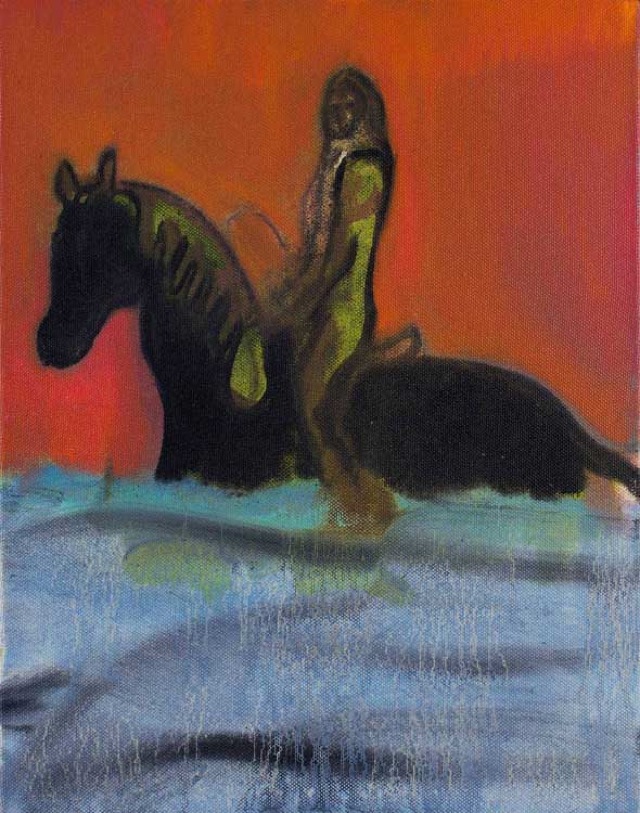

From the top: Image 1-3: installation by Nicole Eisenman, courtesy the artist and Galerie Barbara Weiss, Berlin; Leo Koenig Inc., New York and Susanne Vielmetter, Los Angeles; Image 4-5: Peter Doig “Riding in Water (Red)”, 2012 and “Fall in New York (Central Park)”, 2002-2012, Courtesy Michael Werner Gallery, New York and London
So the big tops have come down and the Frieze circus is over for another year. However, lasts week’s dizzying programme included many openings, private views and events at more permanent spaces, which remain open and are highly recommended.
As well as having put on a lovely spread for Friday’s brunch view, Clapham’s Studio Voltaire bring together two female artists exploring the erotic charge of the human body through very different media in their current double show. Created during a month-long residency at the gallery, Nicole Eisenman’s large-scale plaster sculptures are the long, liquid-limbed cousins of the bulbous faces that inhabit her most recent paintings and prints. Limber and expressive, they hunch, fold, bend and slump against the gallery’s walls and floor, which are splattered with chalky smudges of dried plaster. Next door, a looped YouTube clip in which a pair of trainered feet scuff and scrape in a stylised game of footsie with the flinty ground plays on one of two screens. A separate voiceover narration intersperses a description of the artist’s experience of watching an internet video of a man carving a hand axe with the semi-erotic comments left online beneath the trainer clip. Perverse but somehow seductive, Charlotte Prodger’s installation uses the trappings of 21st century consumer culture to tap into a potent sensibility of the properly ‘digital’ - hands and feet – and a primitive intermingling of violence and sexuality.
On the other side of town Peter Doig’s hazily tropical latest offerings at Michael Werner outshine their muted counterparts in Luc Tuymans on show at David Zwirner’s new Mayfair space, just up the road. Heavingly, muggily romantic, they share the sunlit pallete of Chris Ofili’s recent paintings, whilst still retaining the brooding, otherworldy atmopshere of Tuyman’s dark frames.
At Alan Cristea, lightness is all. In ceramicist Edmund de Waal’s installation, a thousand hours (2012), two glass vitrines are filled with an accumulation of 1000 hand-thrown porcelain vessels. The dry, ashy hues of unglazed clay, these slender tubes have mute, pale and timeless beauty.

